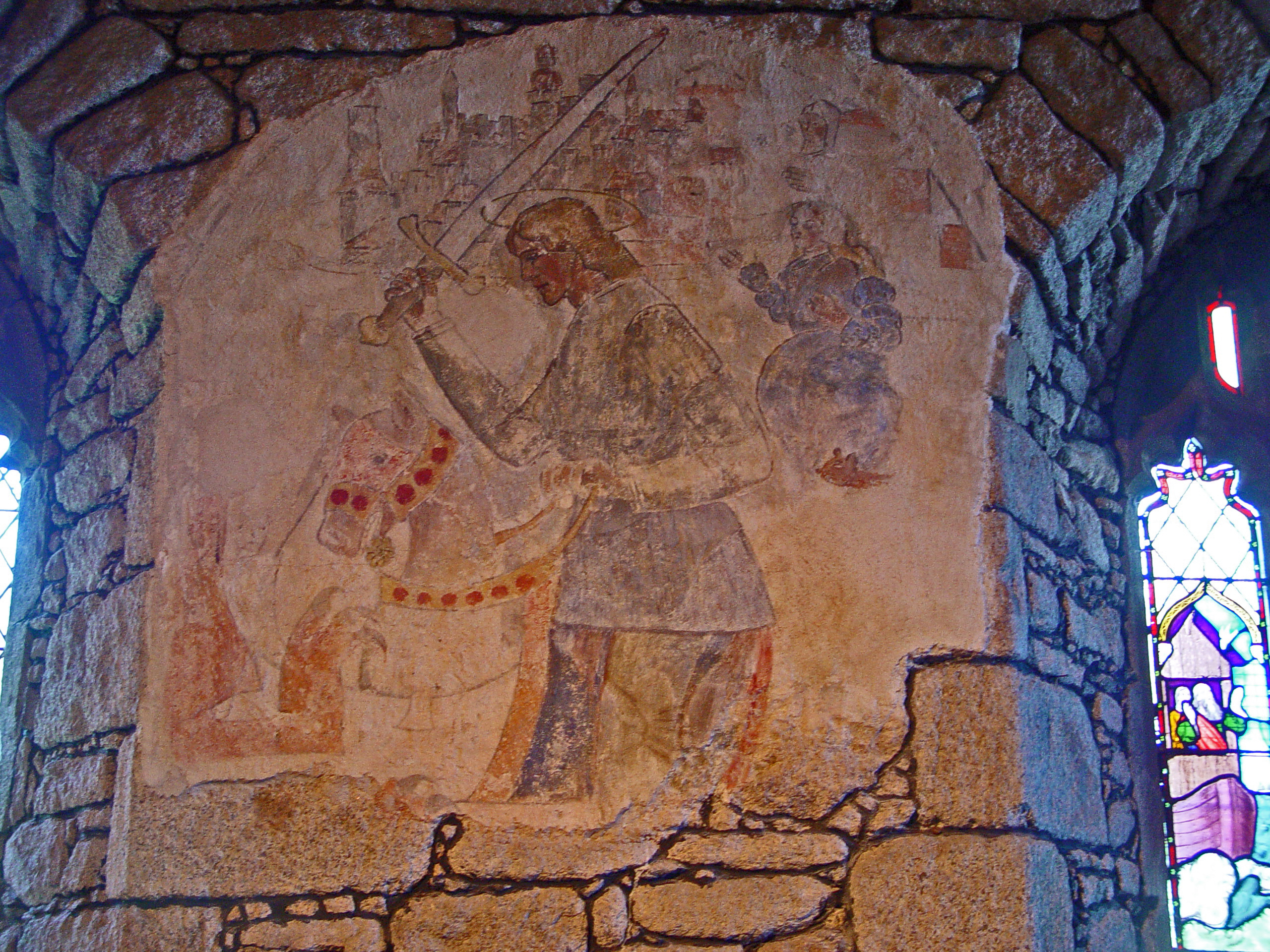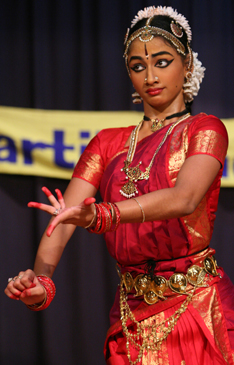|
Kumaradeva
Kumaradeva was an Indian sculptor from the 8th century. His works include ''The Buddhist Goddess Shyama Tara (Green Tara) Attended by Sita Tara (White Tara) and Bhrikuti'' He is also the author of the treatise '' Silparatna'', which provides an account of fresco-secco Fresco-secco (or a secco or fresco finto) is a wall painting technique where pigments mixed with an organic binder and/or lime are applied onto a dry plaster. The paints used can e.g. be casein paint, tempera, oil paint, silicate mineral paint. I ... painting techniques in detail. According to this text, a picture should be painted with appropriate colours along with proper forms and sentiments ( rasas), and moods and actions ( bhavas). References [...More Info...] [...Related Items...] OR: [Wikipedia] [Google] [Baidu] |
Fresco-secco
Fresco-secco (or a secco or fresco finto) is a wall painting technique where pigments mixed with an organic binder and/or lime are applied onto a dry plaster. The paints used can e.g. be casein paint, tempera, oil paint, silicate mineral paint. If the pigments are mixed with lime water or lime milk and applied to a dry plaster the technique is called lime secco painting. The secco technique contrasts with the fresco technique, where the painting is executed on a layer of wet plaster. Because the pigments do not become part of the wall, as in buon fresco, fresco-secco paintings are less durable. The colors may flake off the painting as time goes by, but this technique has the advantages of a longer working time and retouchability. In Italy, fresco technique was reintroduced around 1300 and led to an increase in the general quality of mural painting. This technological change coincided with the realistic turn in Western art and the changing liturgical use of murals. The trea ... [...More Info...] [...Related Items...] OR: [Wikipedia] [Google] [Baidu] |
Silparatna
{{Use Indian English, date=December 2019 Shilparatna is a classical text on traditional South Indian representational-performing arts. It is particularly influential in painting and theatrical performance. It was authored by Srikumara in 16th century AD. In this the word ''Shilpa'' (sculptural) ''Ratna'' (Gems) is used as a broad term embodying artistic forms that either uses the body as a medium of expression (like Dance, Drama or Dance-Drama) or that which represents the body as an expression (like Sculptures and mural arts). It ranks only after the Natya Shastra and the Abhinaya Darpana as a text of fundamentals on the performing arts. It lays down the tenets of painting such as the proper set of colours and the right combinations which leads to stylized balance and rhythm. It is adhered to as principles in South Indian paintings known as Dravidian mural art or Dravidian mural painting. The text describes yellow, white, red and terreVerte as the pure colours. These colours ... [...More Info...] [...Related Items...] OR: [Wikipedia] [Google] [Baidu] |
Rasa (aesthetics)
In Indian aesthetics, a rasa ( sa, रस) literally means "nectar, essence or taste".Monier Monier-Williams (1899)Rasa Sanskrit English Dictionary with Etymology, Motilal Banarsidass (Originally Published: Oxford) It connotes a concept in Indian arts about the aesthetic flavour of any visual, literary or musical work that evokes an emotion or feeling in the reader or audience but cannot be described.Rasa: Indian Aesthetic Theory Encyclopedia Britannica (2013) It refers to the emotional flavors/essence crafted into the work by the writer and relished by a 'sensitive spectator' or ''sahṛdaya,'' literally one who "has heart", and can connect to the work with emotion, without dryness. Rasas are created by ''bhavas'': the state of mind. The ''rasa'' theory has a dedicated section (Chapter 6) in the |
Bhava
The Sanskrit word bhava (भव) means being, worldly existence, becoming, birth, be, production, origin,Monier Monier-Williams (1899), Sanskrit English Dictionary, Oxford University Press, Archiveभव bhava but also habitual or emotional tendencies. In Buddhism, ''bhava'' is the tenth of the twelve links of ''Pratītyasamutpāda''. It is the link between the defilements, and repeated birth, that is, reincarnation. In Thai Buddhism, ''bhava'' is also interpreted as habitual or emotional tendencies which leads to the arising of the sense of self, as a mental phenomenon. In Buddhism In Buddhism, ''bhava'' (not ''bhāva'', condition, nature) means being, worldly existence, becoming, birth, be, production, origin experience, in the sense of rebirths and redeaths, because a being is so conditioned and propelled by the karmic accumulations; but also habitual or emotional tendencies. [...More Info...] [...Related Items...] OR: [Wikipedia] [Google] [Baidu] |
Indian Male Sculptors
Indian or Indians may refer to: Peoples South Asia * Indian people, people of Indian nationality, or people who have an Indian ancestor ** Non-resident Indian, a citizen of India who has temporarily emigrated to another country * South Asian ethnic groups, referring to people of the Indian subcontinent, as well as the greater South Asia region prior to the 1947 partition of India * Anglo-Indians, people with mixed Indian and British ancestry, or people of British descent born or living in the Indian subcontinent * East Indians, a Christian community in India Europe * British Indians, British people of Indian origin The Americas * Indo-Canadians, Canadian people of Indian origin * Indian Americans, American people of Indian origin * Indigenous peoples of the Americas, the pre-Columbian inhabitants of the Americas and their descendants ** Plains Indians, the common name for the Native Americans who lived on the Great Plains of North America ** Native Americans in the Un ... [...More Info...] [...Related Items...] OR: [Wikipedia] [Google] [Baidu] |

